2020 saw a huge change in workplace culture and priorities. The idea of a “workplace” has evolved. A greater focus on corporate culture, employee wellbeing, flexibility and safety measures has been placed. 2021 continues to see a shift towards new ways of working. We have reflected on some takeaways in workplace design in 2020 and provided you with eight workplace trends in 2021 and how to implement them into your office. Read the article to learn more!
Corporate Culture
Coming out of COVID-19 will be a difficult transition as employees make their way back from the comforts and safety of home to the work environment. Team dynamics will have to be re-established and operational functionality will require a new definition. Working remotely has demonstrated that professionals can work anywhere and in comfort. The relationship between an employee and work real estate has changed the landscape of how employees see the office environments. It will be necessary for employers to take every opportunity to cultivate corporate culture and facilitate changes that make the work-life interests of the employee easier to increase the productivity of the workflow.
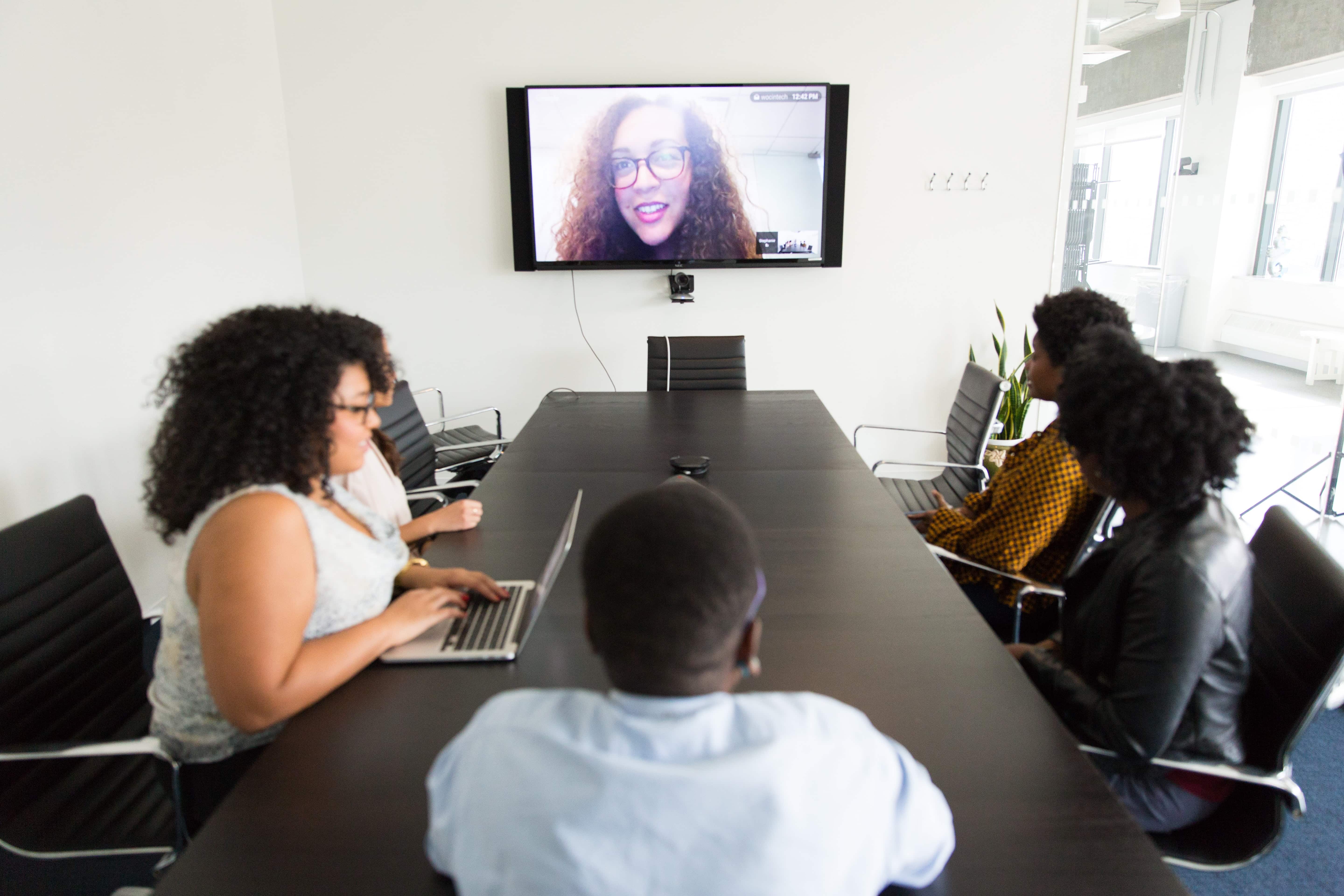
Safe & Healthy Work Environment
The global pandemic has given individuals the education regarding germs and their effect on general health. Due to COVID-19, people will be more sensitive to the general transmission of germs and illness in the work environment. As such, it will be necessary for employers to be more sensitive to this new knowledge base and provide policies and procedures that support a wellness program, making employees comfortable to return to the office.
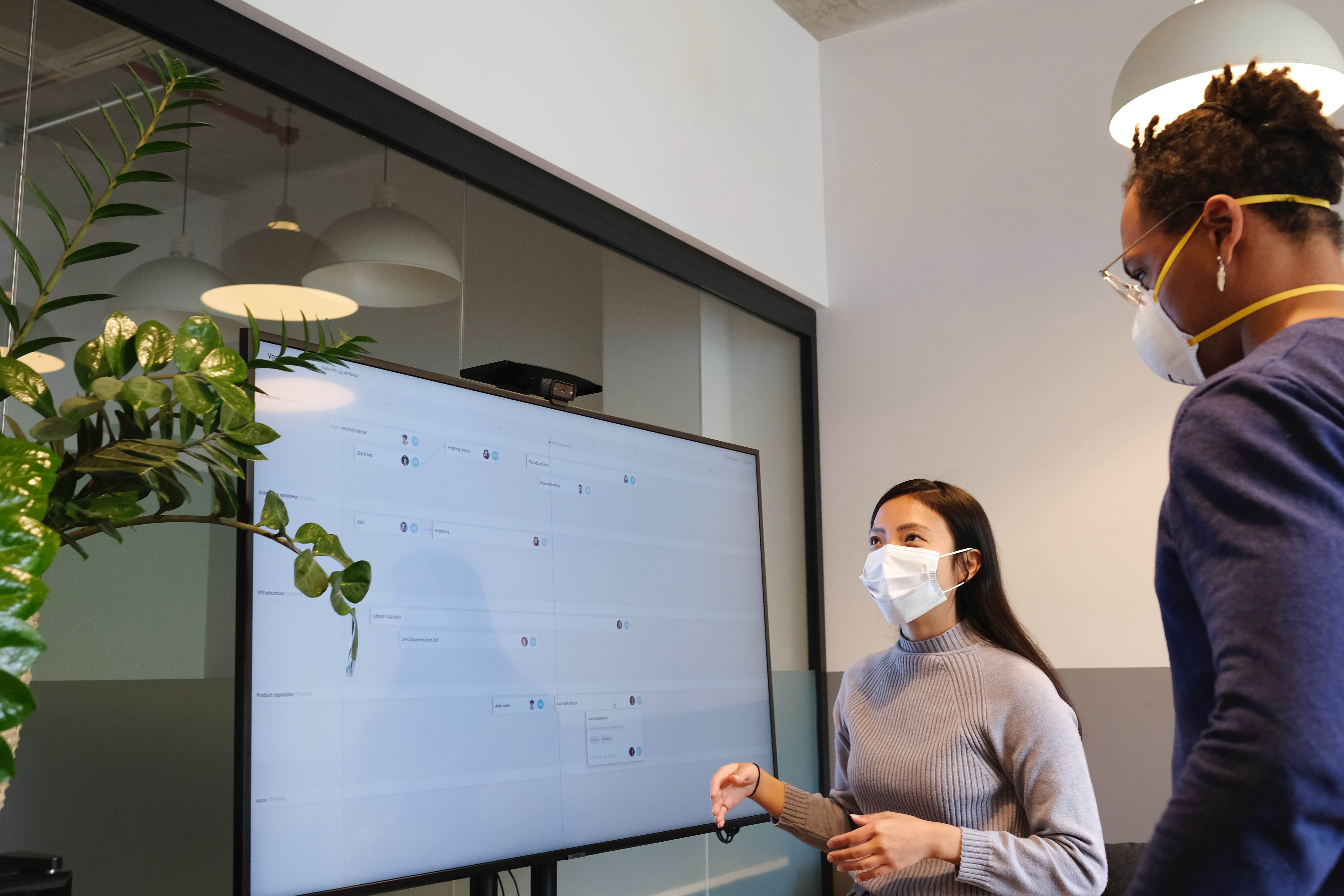
Alternating Workdays
To maximize productivity (through collaboration) while maintaining an optimal healthy work environment, workplace strategy should include alternating workdays for the various staff member and teams. This will allow teams to transition through the office during the workweek to maintain team interpersonal connectivity and optimize creativity through the engagement of stakeholders. During the pandemic, this strategy will prove most useful in maintaining office culture, productivity, and group dynamics. Reconfiguration of the office seating layout will need to be considered to maintain physical distancing during in-office stays.
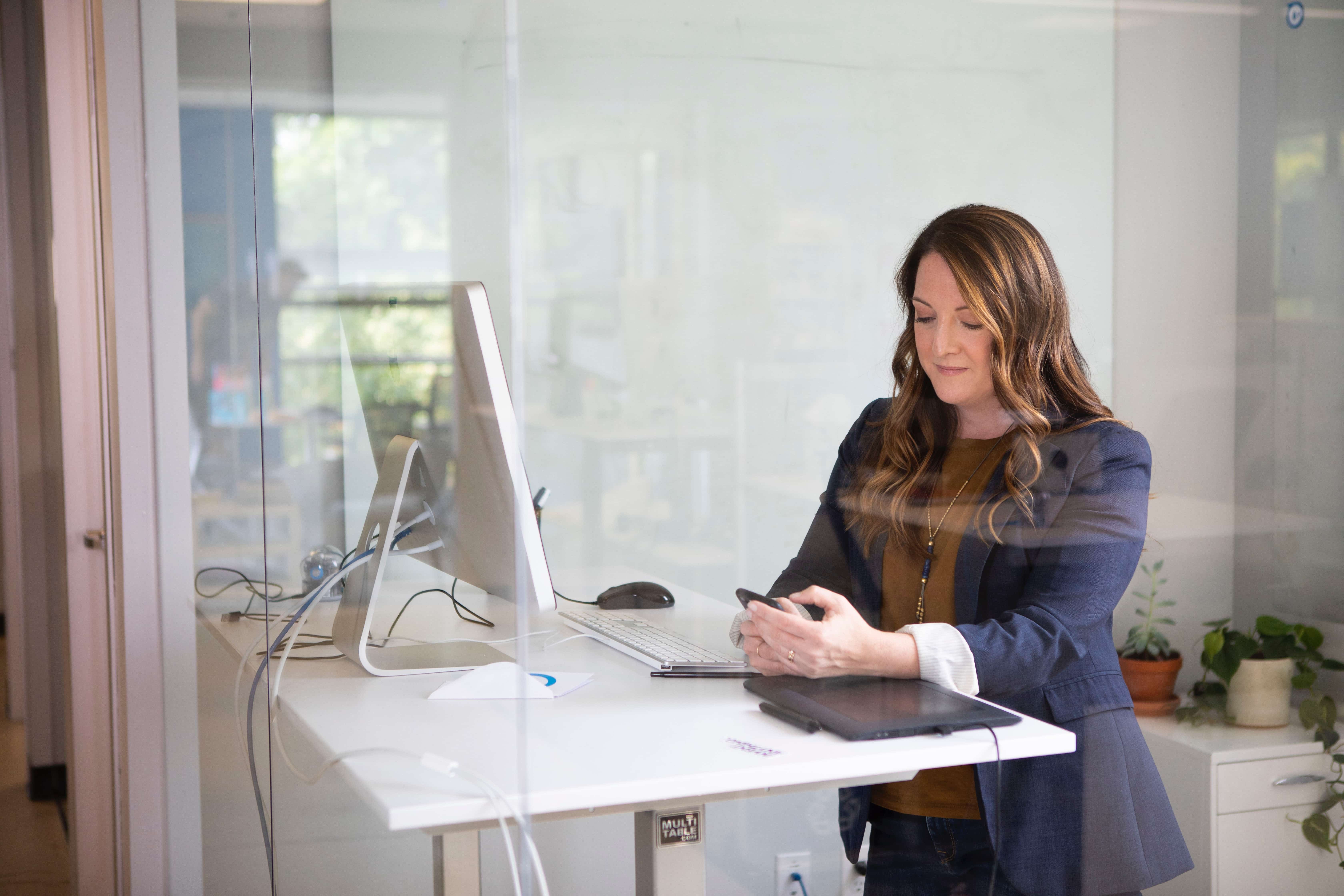
Commuting Incentives
As an effort to reduce costs and encourage staff to return to the office (part-time), if employers offered subsidized transportation programs (i.e. public transit allowances, shared parking stalls, etc.), this would allow employees to manage expenses and facilitate a desire to come back to the office.
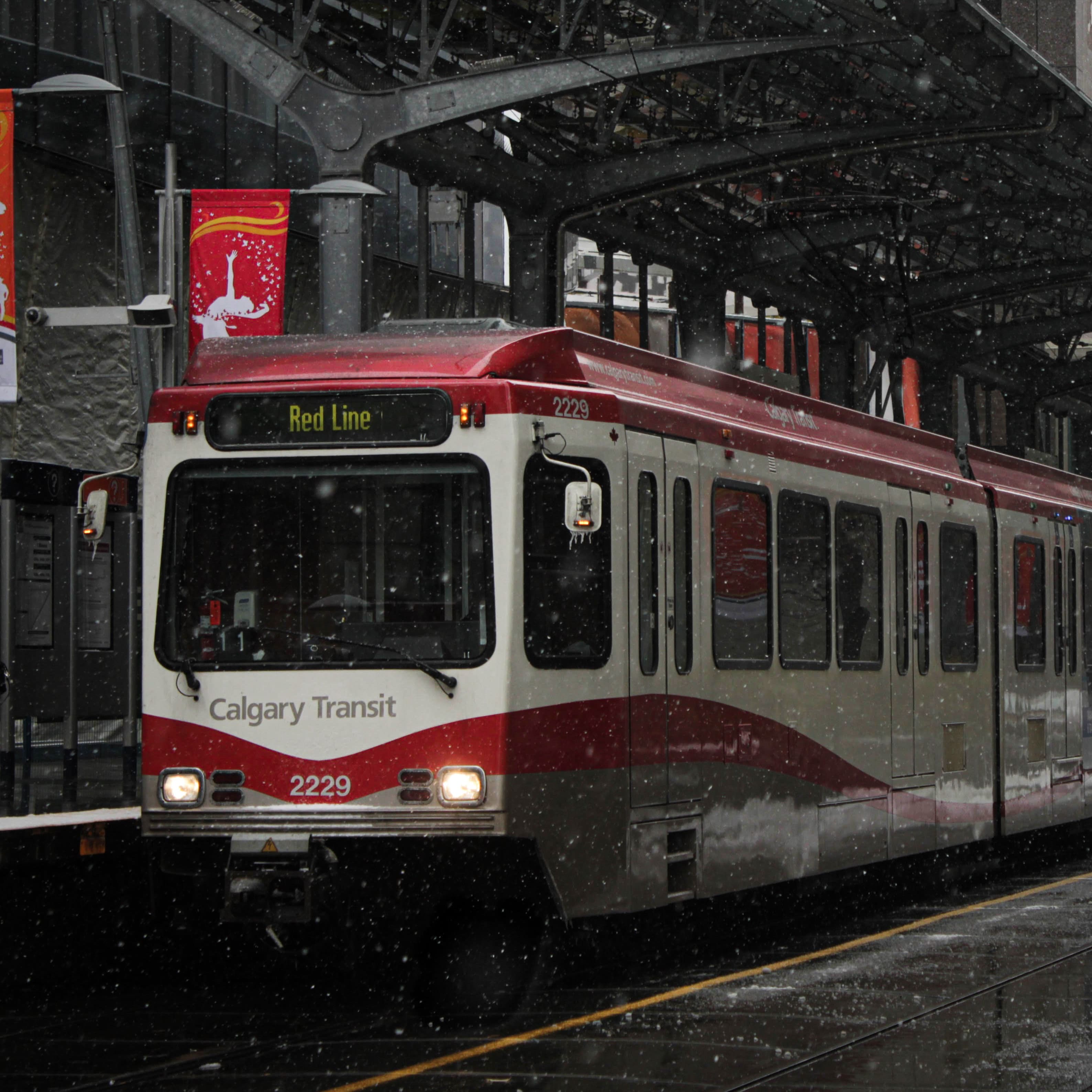
Hotelling Stations vs. Hot Desking
As employers rethink their business format and how individuals work in the office environment, providing flexible workflow solutions will be key. With the potential of flexible office workdays now a reality, office real estate will mean something quite different. Determining what works best in your office culture “hotelling stations” vs. “hot desking” that best serve your company culture, workflow dynamics and productivity.
Hotelling stations would mean no one in the office has established real estate. This will require a high comprehensive cleaning schedule. This method will also allow employers to reduce their office real estate with fewer employees in the office at any given time.
Hot Desking means the employees maintain their existing real estate within the office structure put only uses it part-time. The employer would need to maintain the current office real estate; however, the cleaning requirements for this scenario is less labour intensive and cost effective.
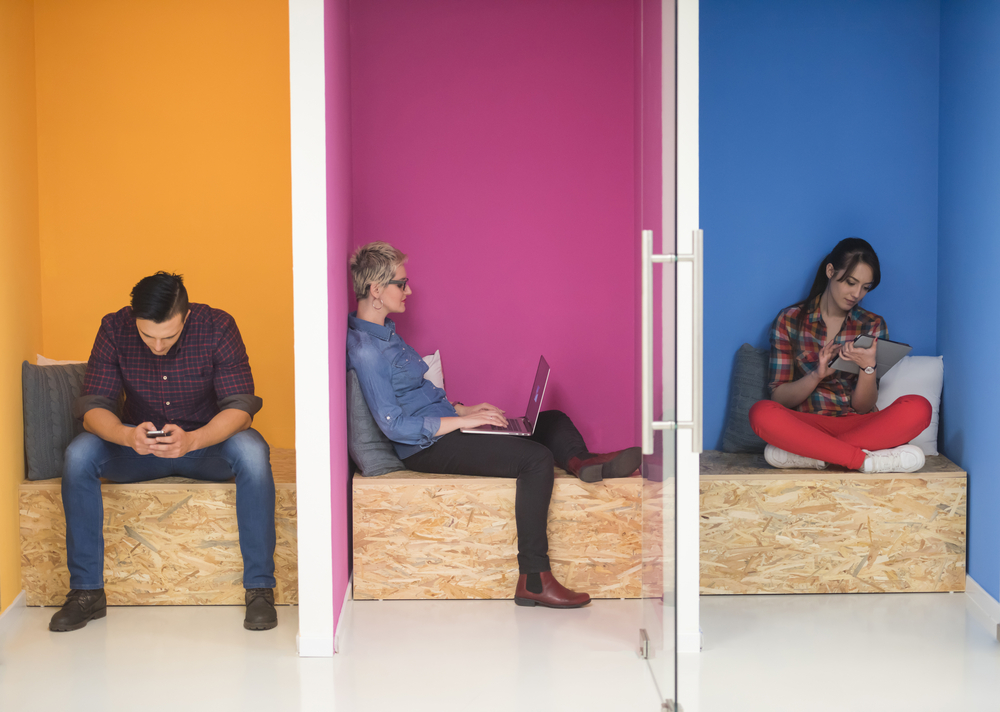 Hotelling Stations
Hotelling Stations
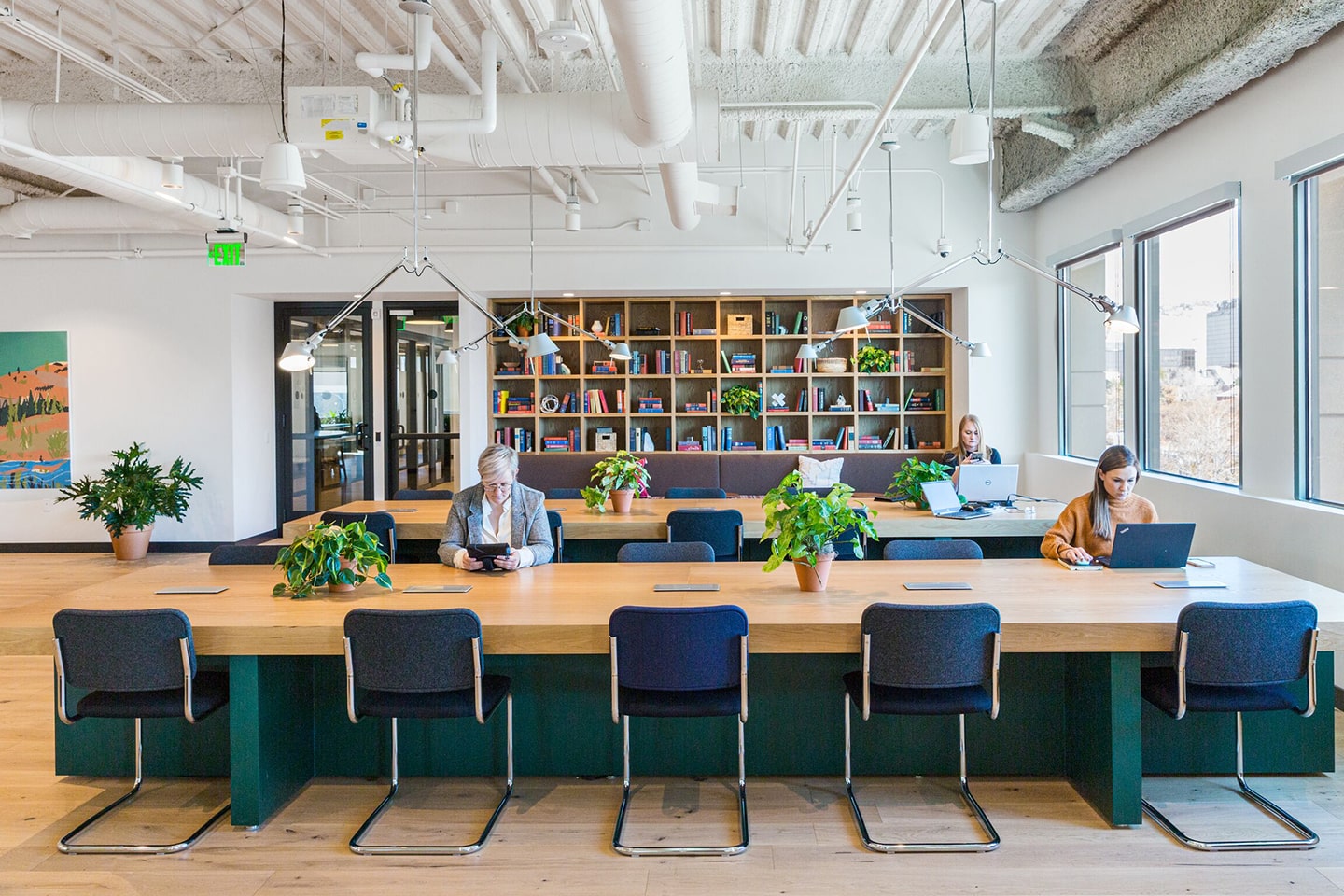 Hot Desking
Hot Desking
HR Protocols Around an Ongoing Healthy Work Environment
The emotional and psychological safety of employees will be the fundamental drive that gets employees back into the office environment working together. With the world hyper focussed on germs and infection over the last year, office sanitation and wellness will be a pivotal point for employee workplace satisfaction. It will be necessary for company HR departments to set clear guidelines for office sanitation and personal wellness protocols. People come to work with cold/flu because they do not want to take time off of work (for whatever reason) will not be acceptable by their peers. Even when COVID-19 is behind us, employers will have to maintain programs within the office during cold and flu seasons if they want employees to enter the work environment during these times.
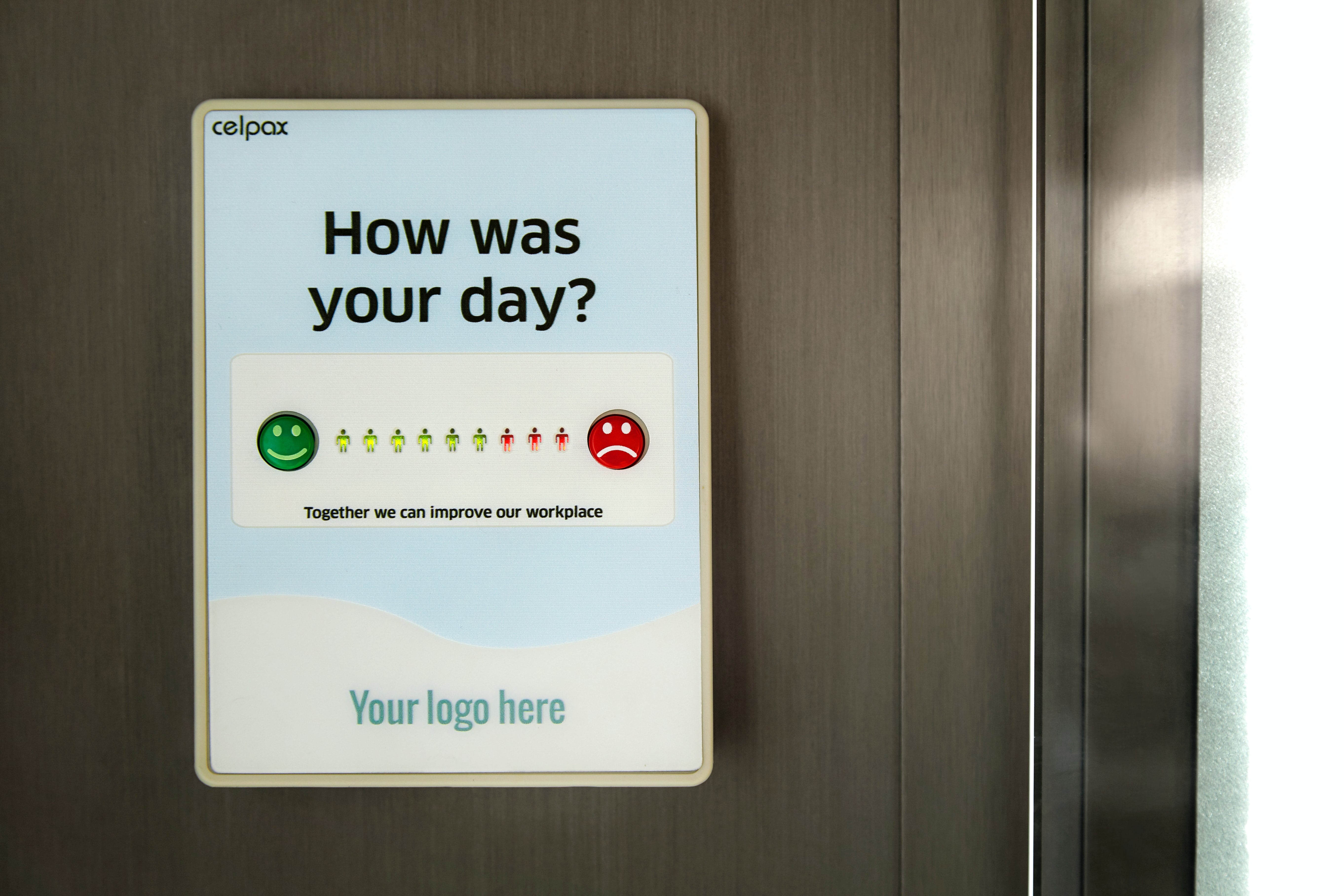
Touchless Interaction in the workplace
One of the new mindsets within the office environment is a touchless interface with shared spaces, for example, motion sensor lights, automatic door openers, card access, motion dispensing units, etc. A “hands-off” approach to shared space within the work environment will build confidence in the employees’ perception of safety in the workplace.
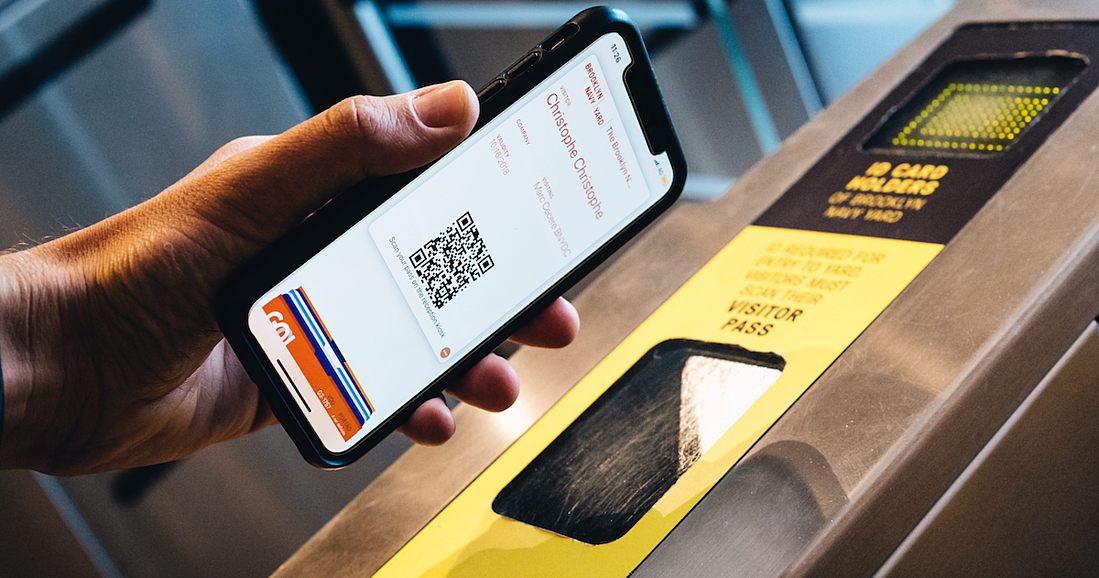
More Collaboration Space
Creating more collaboration areas within the workplace is necessary. These areas will need to be lease formal “like sitting on your sofa at home during a Zoom call”. These spaces will be highly adaptable and flexible with build-in technology for maximum collaborative opportunities. Surfaces/Finishes will need to be both easy to clean and highly sustainable.
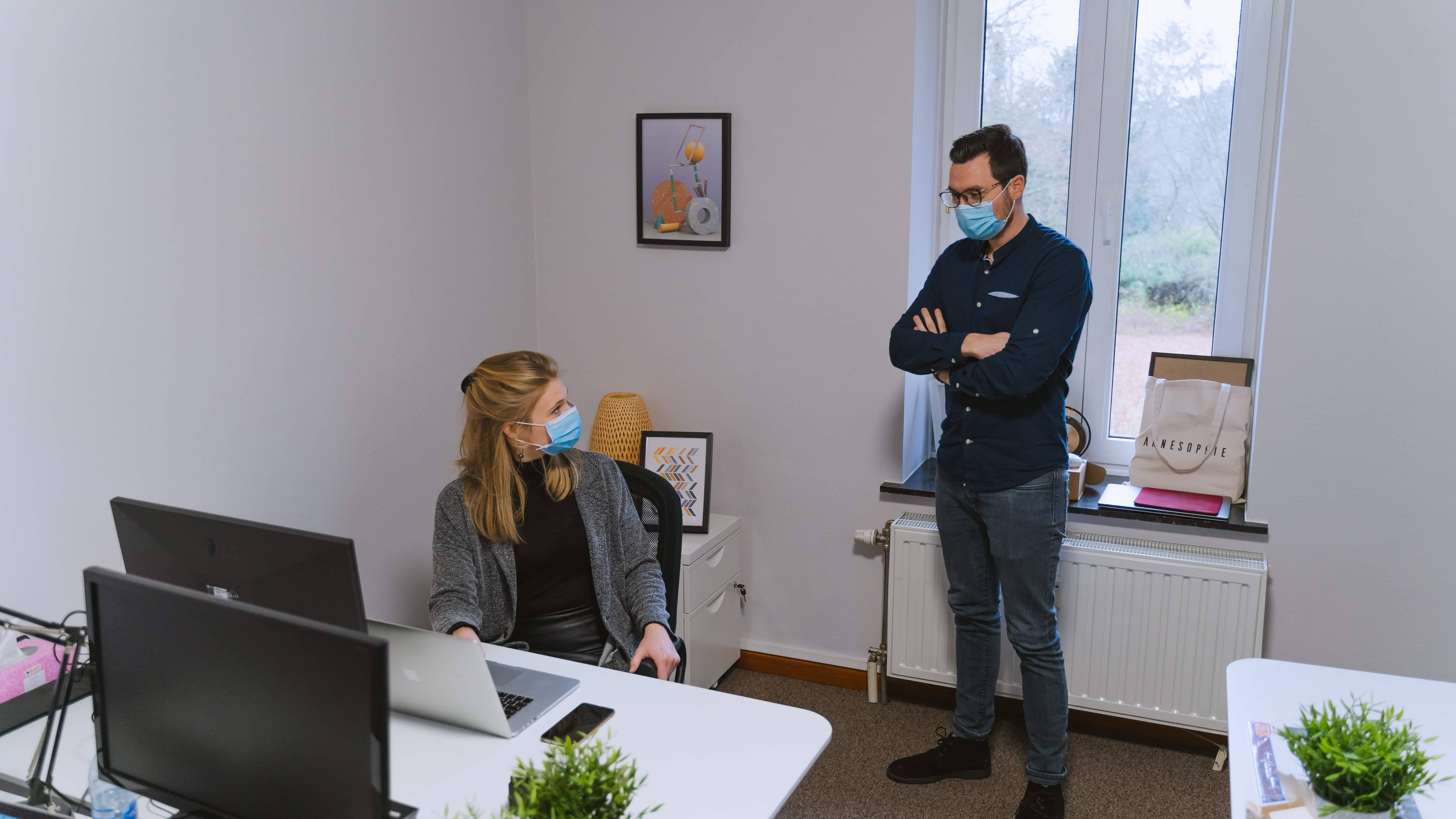
If you want to learn more about how to implement these trends into your workspace as you are preparing to bring your employees back, contact us today for a complimentary assessment at 855.801.1156.

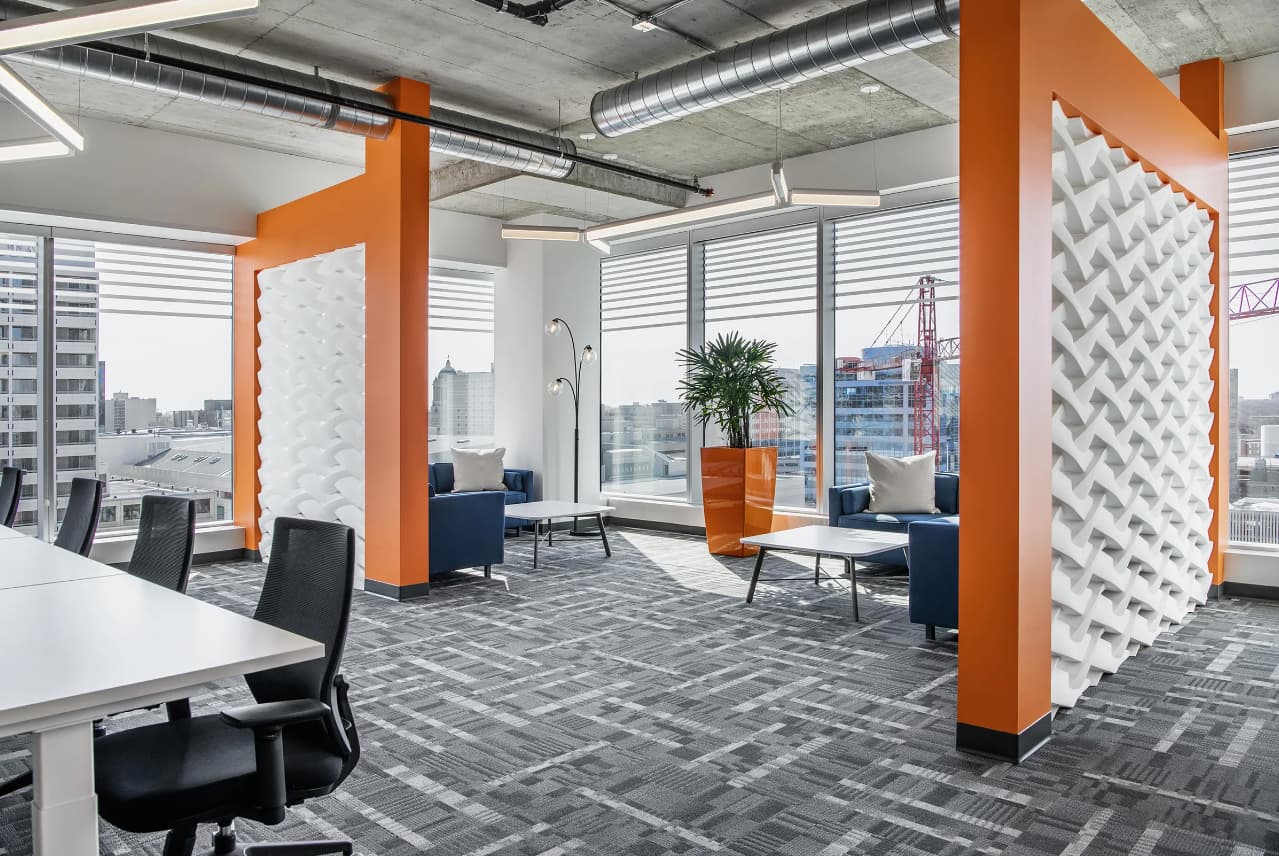
.jpg)
.jpg)
.jpg)